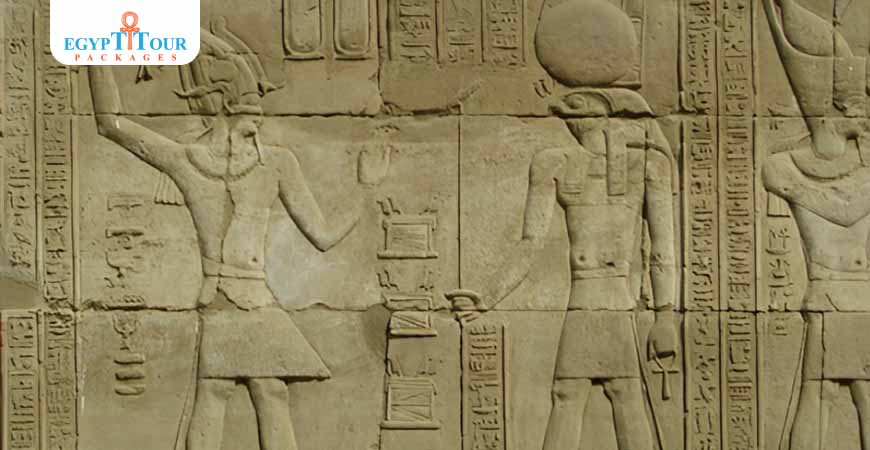

Pyramid of Meidum
Come with us to explore the first pyramid in Egypt Sneferu began building a seven-step pyramid that would have been 65 metres high.
Meidum pyramid facts
The remains of the first authentic pyramid the ancient Egyptians attempted can be found around 30 kilometers northeast of Medinat Al Fayoum. Originally an eight-step construction, the first pyramid shell was created by filling in the steps and adding an exterior casing. There were defects in the design, and the pyramid's sides collapsed due to its own weight at some point after it was finished—possibly as late as the last several centuries BC. Even if only the core remains today, it is nevertheless a striking sight. The pyramid was commissioned by Pharaoh Huni (2637–2613 BC), although Sneferu, his son, was in charge of its construction. The more prosperous The Bent Pyramid, constructed by Pharaoh Sneferu during the Old Kingdom, is an ancient Egyptian pyramid situated in the royal necropolis of Dahshur. Bent Pyramid and The Red Pyramid, also called the North Pyramid, is the largest of the pyramids located at the Dahshur necropolis in Cairo, Egypt. Red Pyramid at Dahshur were later constructed by Sneferu's architects.The guard will open the pyramid's entryway, from which stairs descend 75 meters to the empty burial chamber. The massive mastaba tombs of some of Sneferu's officials and family members, like as his wife Nofret and son Rahotep, are located close to the pyramid.It is difficult to get to the pyramid. Hiring a taxi and going as part of a bigger group is the best choice.
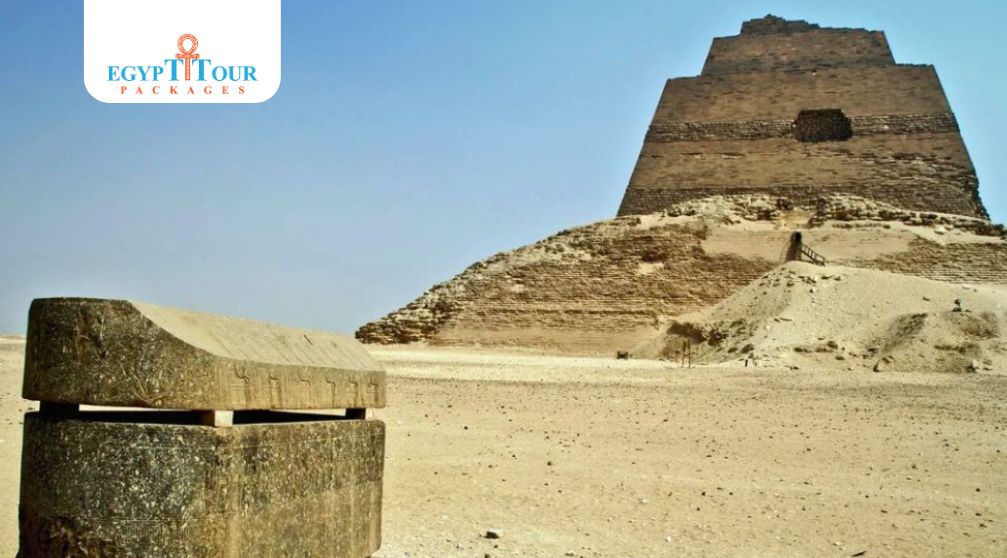
Pyramid of Meidum
Many people believe that Huni, the final ruler of the Third Dynasty, was the original architect of this Step Pyramid. This, however, is only motivated by the want to attribute at least one significant structure to this otherwise elusive monarch. It is highly doubtful that this monument was constructed in honor of Huni because his name is not located in or close to the Medium Pyramid. Others have suggested that Snofru was the one who constructed this monument because the pyramid was named Snofru Endures. Because the ancient Egyptians believed in the resurrection, they constructed this pyramid. According to the ancient Egyptian belief in life after death, the monarch was interred in this pyramid.
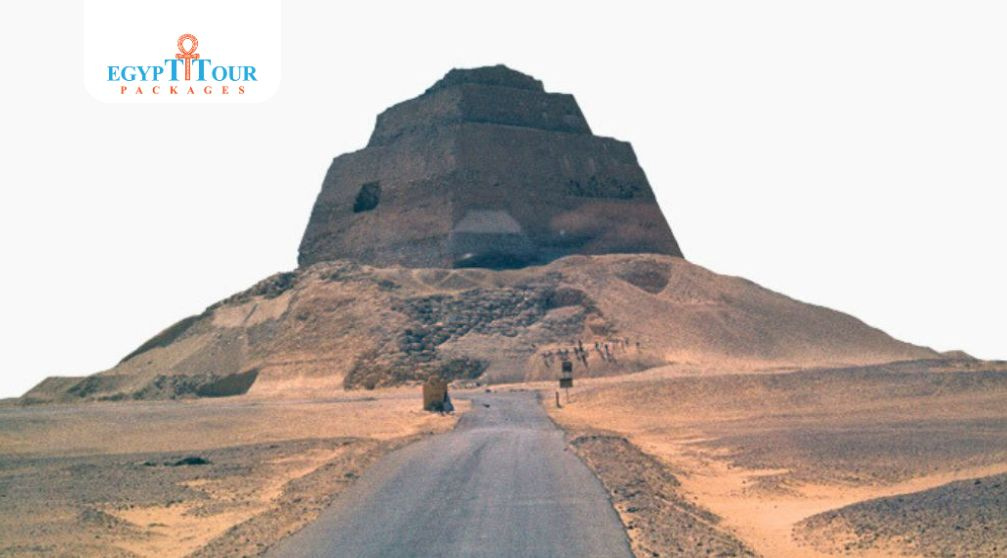
The Pyramid of Meidum
The Meidum Pyramid, sometimes referred to as the Collapsed Pyramid, is evidence of the difficulties and trials that ancient Egyptian architects encountered when attempting to create colossal architectural works. The collapse of the pyramid is a fascinating historical topic that illuminates the intricacies of early pyramid building techniques.The Meidum Pyramid experienced a number of alterations and efforts at metamorphosis after being constructed as a step pyramid in the 26th century BCE under the reign of Pharaoh Huni or Sneferu. These changes, which were meant to make the step pyramid a real pyramid with smooth sides, are thought to have added to the structural instability that finally caused the pyramid to partially collapse.Scholars are still debating the precise series of events that led to the collapse. According to some beliefs, the pyramid's outer shell and core collapsed inward as a result of the transformation attempts as well as the difficulties of utilizing various building materials and methods.The Meidum Pyramid's fall serves as a warning about the dangers of architectural creativity. Despite its short lifespan, this specific pyramid was essential to the development of pyramid design and construction methods. following generations of architects were impacted by the lessons acquired from the collapse of the Meidum Pyramid, which helped to improve construction techniques that made it possible for following pyramids, like those at Giza, to achieve more stability and lasting majesty.The Meidum Pyramid, a now-demolished structure, provides insight into the difficulties ancient societies had while pursuing architectural
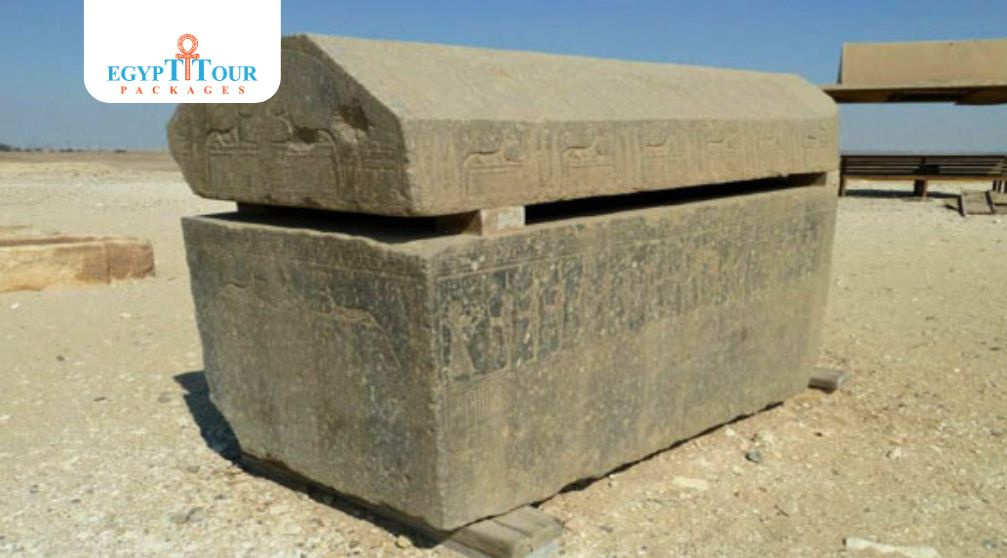
Meidum pyramid history
There is hardly much evidence today that this monument was ever a pyramid. Now all that is left is a structure with three steps that rises from a pile of rubble. In comparison to its successors, the pyramid's internal construction is somewhat straightforward, yet it was an invention that would later become the norm for future generations. The entrance is situated above ground level on the pyramid's north face. A descending passage finishes in a horizontal passage after lowering to below ground level. To the left and right of this tunnel are two tiny niches or chambers. A vertical shaft at the end of this channel leads up to the ground-level burial chamber. The compartment inside the true core of this pyramid is the first of its kind. Another indication that the builders were experimenting is the burial chamber's very tiny dimensions of 5.9 by 2.65 meters. No sarcophagus or indication of a burial is present.
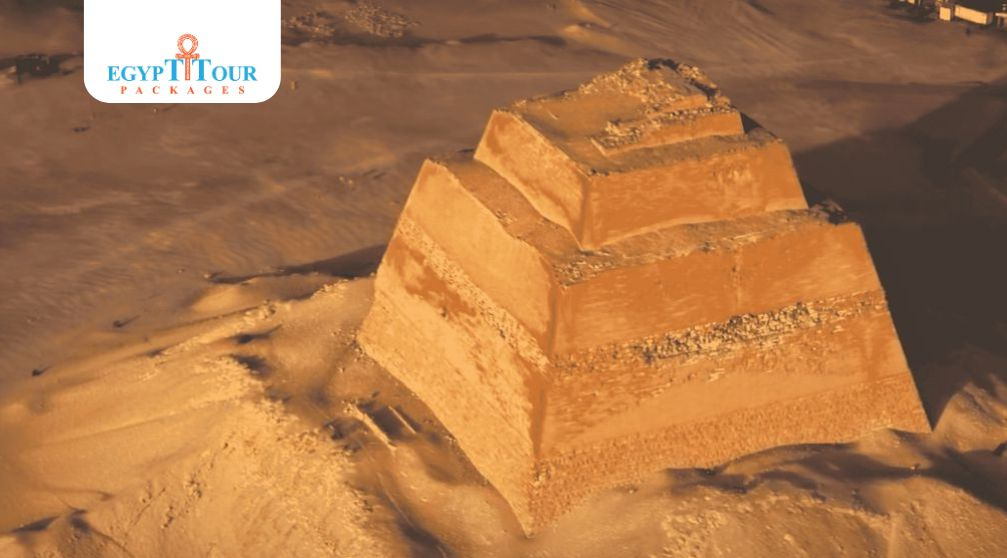
The Meidum Pyramid
Outside the pyramid, several of the characteristics that would later be typical of pyramid complexes were already in place. Against its eastern facade, a chapel measuring 9.18 by 9 meters was built. To the south stood a small satellite pyramid. From an entrance on its north face, a descending tunnel descends to the burial chamber. It was already badly damaged when it was found.Along with the enclosure wall that encircled this complex and stretched roughly 236 by 218 meters, there are also traces of a causeway that was dug out of the bedrock and covered in limestone.It is clear that the burial structures of the Old Kingdom replaced those of the Early Dynastic. The pyramid's original design still adheres to the 3rd Dynasty tradition, despite the complex construction technique, the presence of a satellite pyramid, an eastern chapel, and a causeway signaling the Old Kingdom tradition.
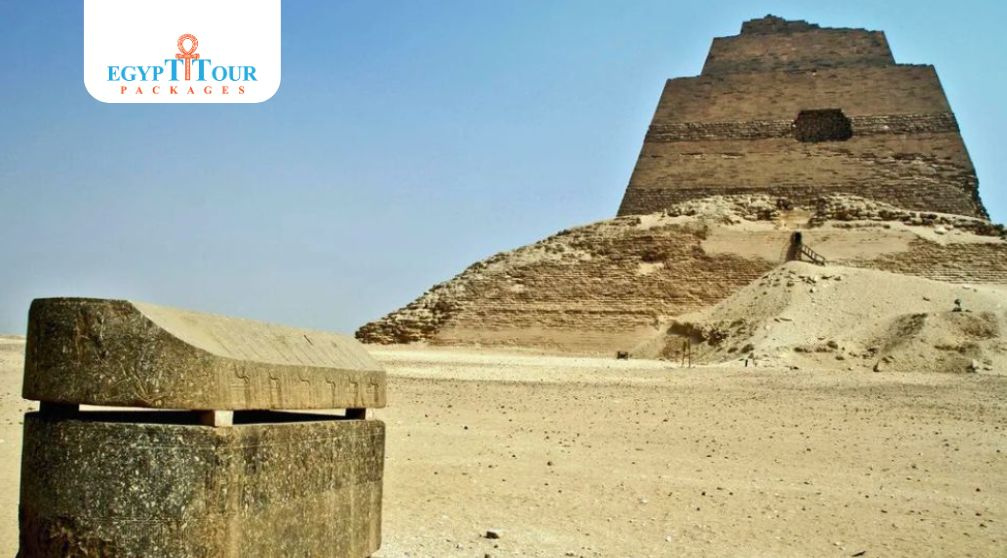
Post A Comment
Your Email Address Will Not Be Published.


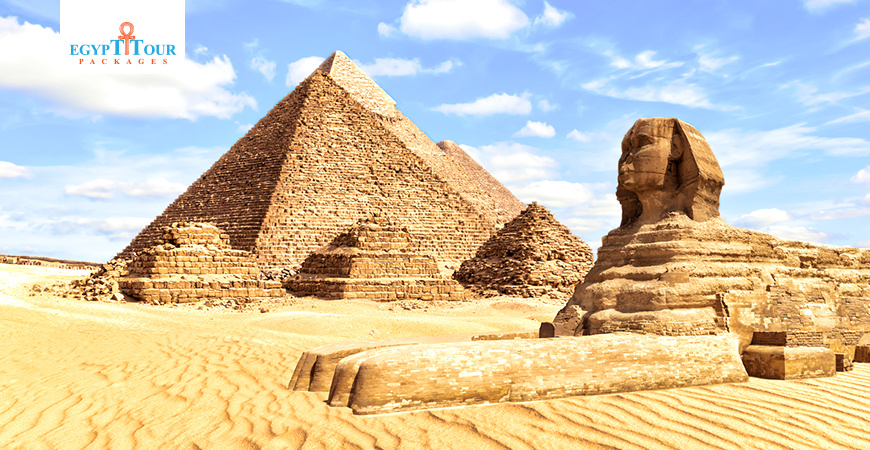
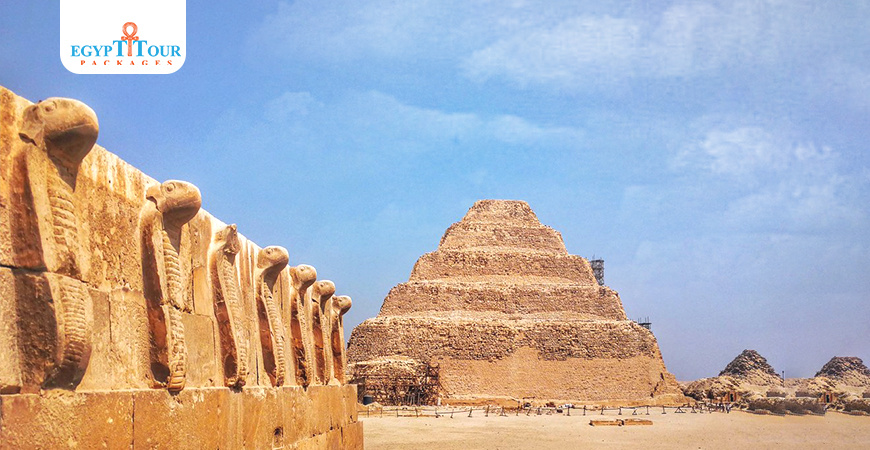







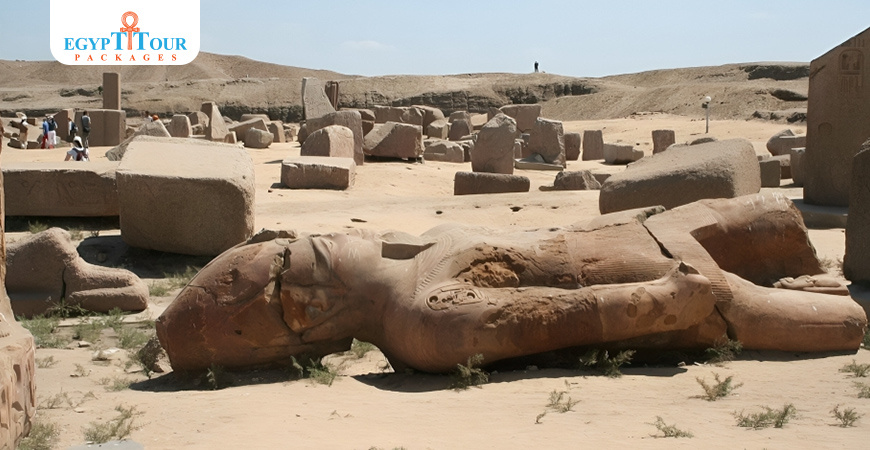





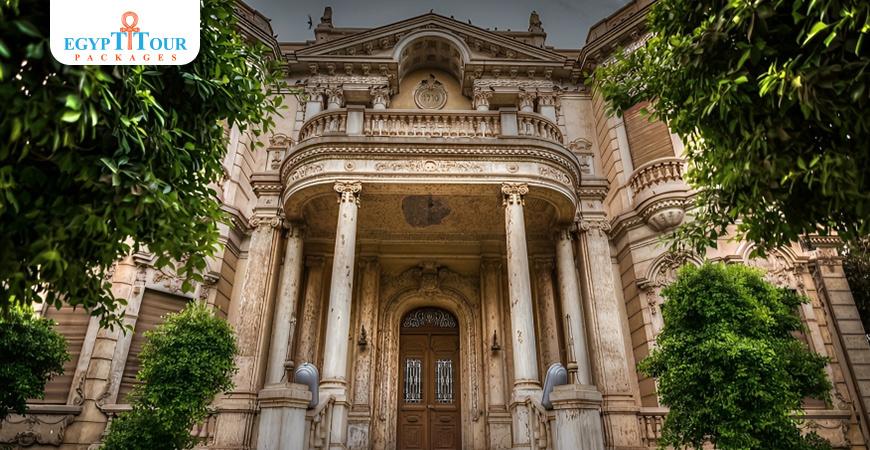
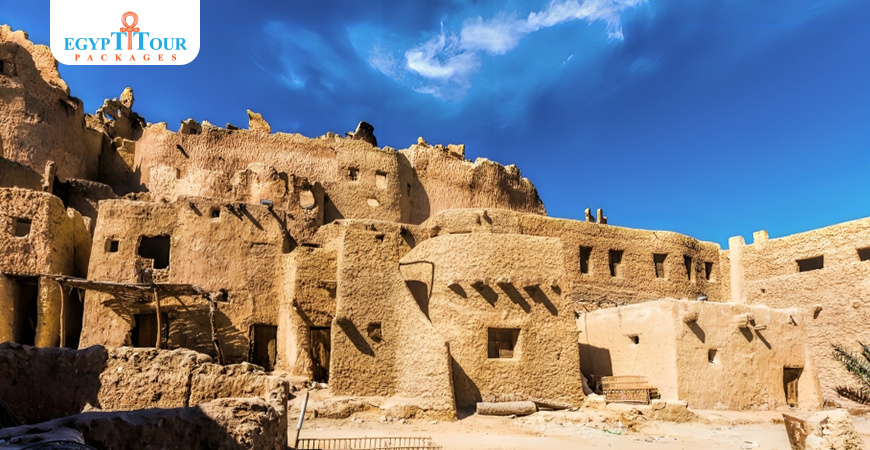
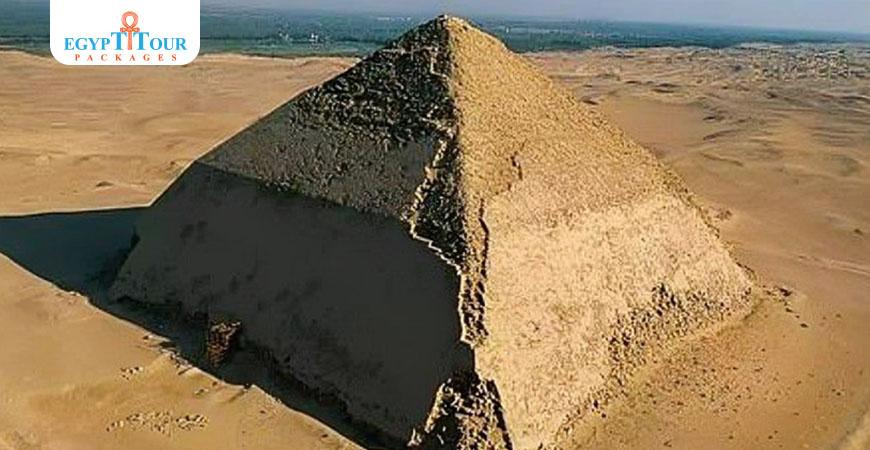
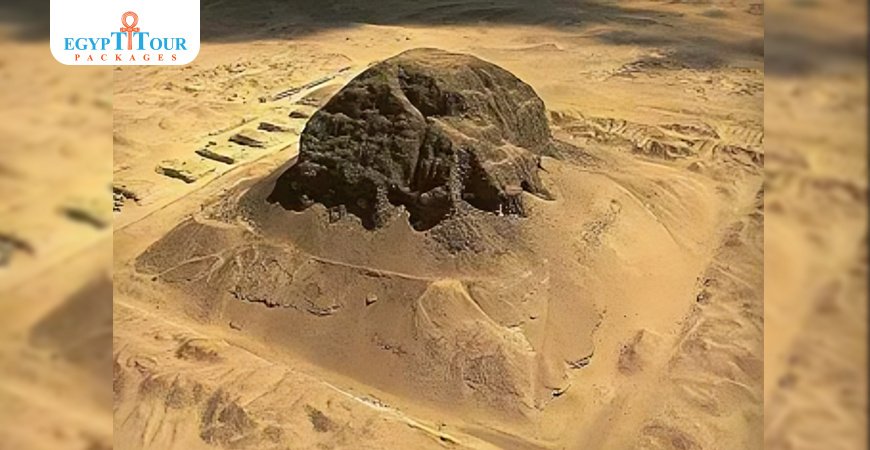

















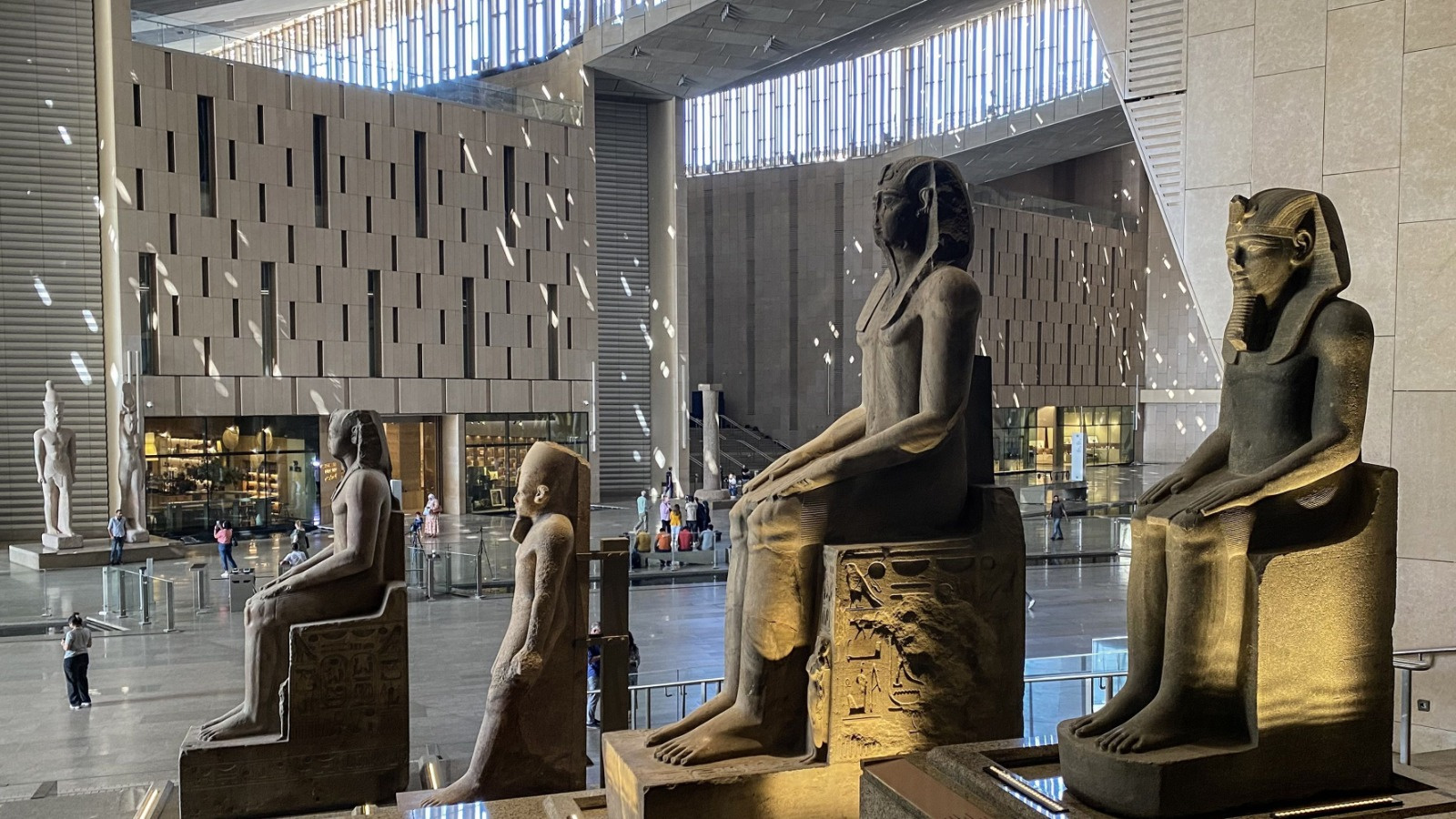
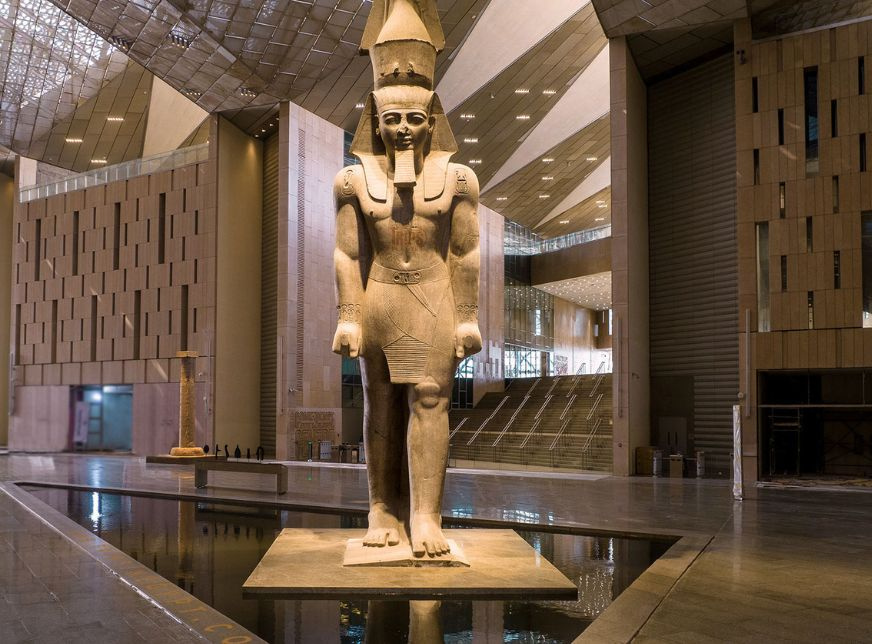

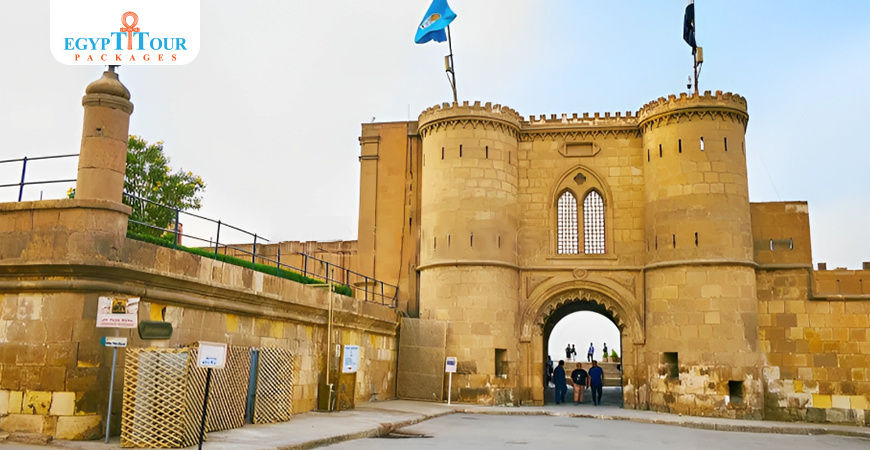
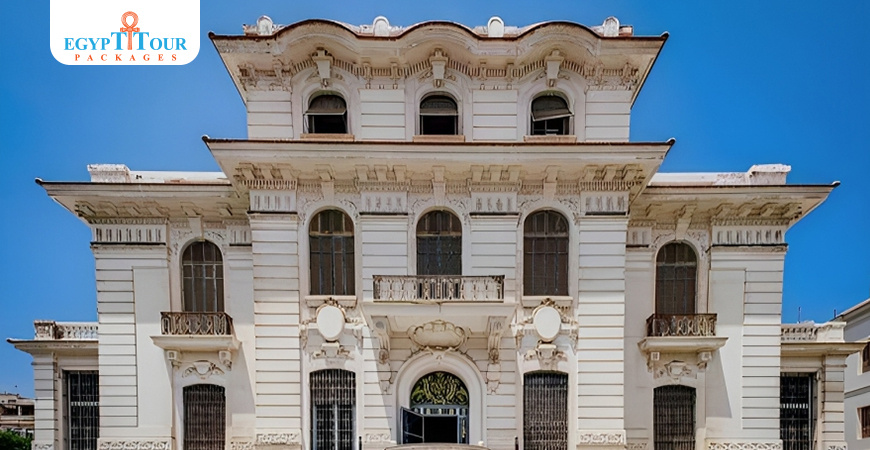









0 Comments